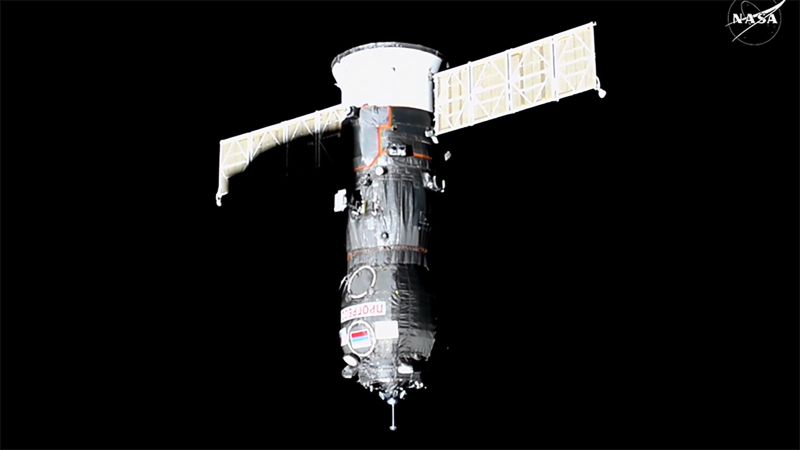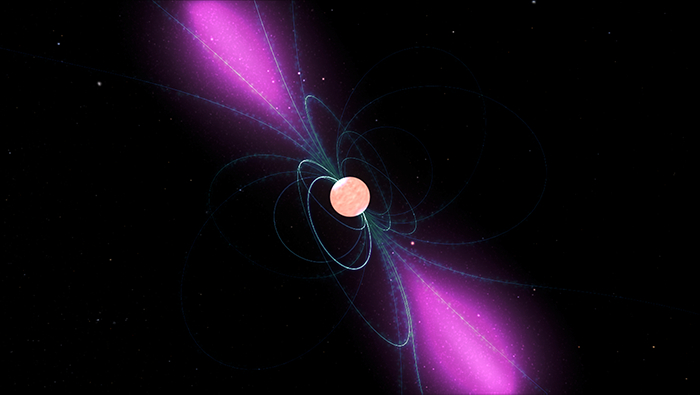A game-changing telescope is set to become operational in 2025. It will be fitted with a massive camera designed to capture extraordinary views of space. The United States’ SLAC National Accelerator Laboratory is finalizing the construction of the LSST Camera, which stands over 5.5 feet tall and weighs 6,200 pounds (1.65 meters and 2,800 kilograms), and it will be installed at the highly anticipated Vera C. Rubin Observatory located in the Chilean mountains. The lab recently released new images showcasing the over 12-foot-long (3.7 m) camera, complete with its impressive lens, in a clean room. Described as being about the size of a small SUV, the LSST [Legacy Survey of Space and Time] Camera is the largest camera ever built for astronomical purposes, according to the lab.
Engineers will attach the large camera to the observatory’s 27.5-foot-wide (8.4-meter) Simonyi Survey Telescope, which in itself is a groundbreaking instrument: it will be the fastest large telescope on Earth, with the capability to rotate 180 degrees in just 20 seconds. The objective is to compile an unparalleled catalog of the cosmos. It will mark the first instance of a telescope documenting more galaxies than there are people on Earth, as explained by the lab. Every 20 seconds, the gigantic digital camera will take a 15-second exposure. The camera is so colossal that each image covers an area of the sky over 40 times larger than that of a full moon. The LSST camera, with scientists providing perspective in the foreground.
The massive telescope, coupled with its sizable camera, will provide astronomers worldwide with the unprecedented ability to swiftly explore objects within our solar system, the Milky Way galaxy, as well as beyond. “I think of us as building the ‘crawler and Google search for the sky,'” stated Mario Juric, a professor at the University of Washington involved in the Vera C. Rubin Observatory, in an interview with Mashable in 2023. “Now, rather than going to a large telescope (which sometimes can take months to propose, approve, and execute), a scientist will be able to go to a website, run a query, and get to the data in seconds. Huge improvement in efficiency and a democratization of access to best possible datasets.”
The telescope is expected to change our understanding of space in several ways:
– Over the last couple of centuries, astronomers and space agencies such as NASA have identified approximately 1.2 million asteroids in our solar system. Rubin is projected to double this number after three to six months of observations. In 10 years, an estimated 5 million asteroids will be known, according to Juric.
– The count of icy worlds beyond the distant planet Neptune (“trans-neptunian objects” and dwarf planets) is set to increase by about tenfold.
– There are currently two known interstellar comets. Rubin is anticipated to discover between 10 and 50 times more.
– “And — should ‘Planet X’ exist— there’s a high chance Rubin would find it (we cover the entire area on the sky where it’s likely to be),” Juric explained. Planet X is a hypothetical planet in our solar system that may exist well beyond the orbit of Pluto.
The Vera C. Rubin Observatory is not the only massive, cutting-edge telescope soon to commence its survey of the nighttime sky. The Giant Magellan Telescope, focusing on the evolution of the universe and the nature of exoplanets beyond our solar system, is scheduled to become operational in the late 2020s. Additionally, the Extremely Large Telescope, with a 128-foot-wide mirror, will become the largest optical telescope on Earth later in this decade.













